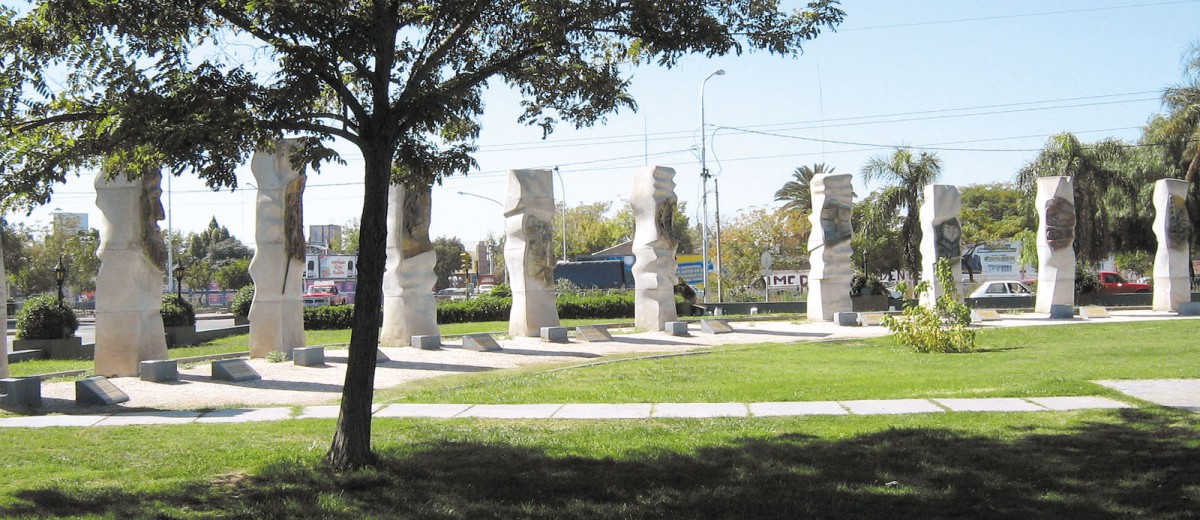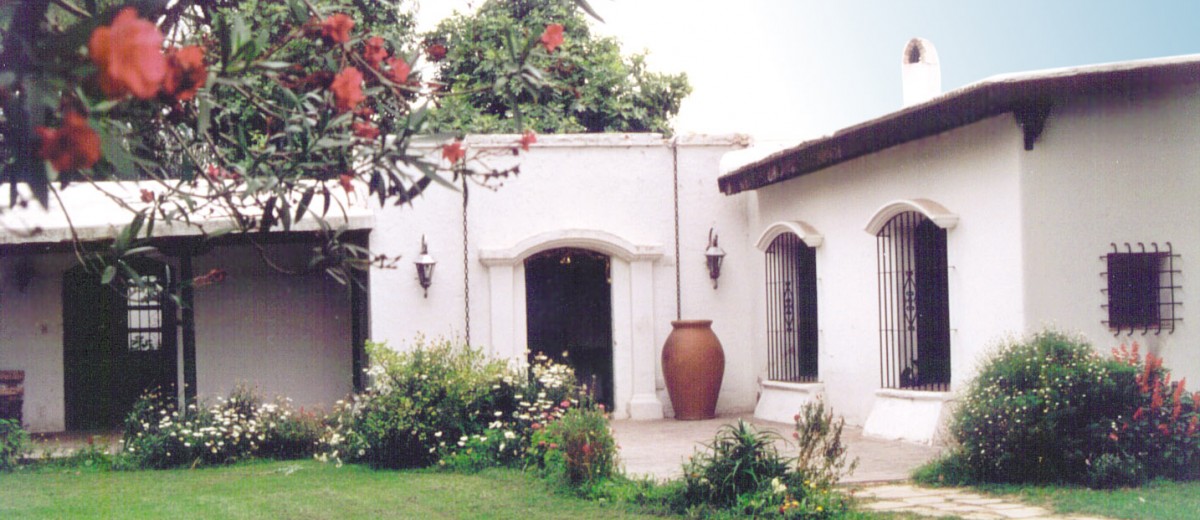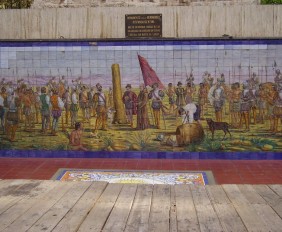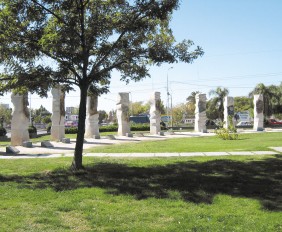When the conquerors arrived, present-day Mendoza was inhabited by native tribes, mainly Huarpes and Incas who named it ‘Cuyum Mapu’ (sandy land) due to the aridity of the soil.
Native peoples were clever enough to cultivate this rough geography; they dug ditches and channeled melt water. That is how the oasis Mendoza is now was created.
Foundation. On February 22, 1561, Pedro del Castillo arrived from Chile to Huentata Valley taking possession of the “comarca” hoisting the royal standard.
He had been sent by the Spanish, Mr. García Hurtado de Mendoza, governor of Chile. The city was named “City of Mendoza del Nuevo Valle de la Rioja” after him, on March 2, 1561. Initially, Mendoza was located in what is currently known as Media Luna, in the district of Pedro Molina, in the department of Guaymallén, on the east border of the canal known nowadays as Cacique Guaymallén.
The following year, Francisco de Villagra sent Juan Jufre y Loayza to relocate it, but its location did not vary much. The village was named La Resurreccion, a name that would not last.
According to ancient documents, there were few-yet very well-organized-neighbors. From the very moment it was founded, Mendoza had political institutions (Town Hall, civil and religious authorities, etc.) and an efficient town planning scheme.
Colonial City. In 1776, Virreinato del Rio de la Plata (River Plate Viceroyalty) was created and the Province of Cuyo became a part of Cordoba del Tucuman. Then it broke away from it, and Mendoza remained its capital. Many years later, when the 1820 crisis broke up, Mendoza-already separated from San Luis and San Juan-appointed its own government.
Independent City. However, before this last episode occurred, Mendoza was crucial for South American independence since Jose de San Martin arrived to hold the office of Governor-Major of Cuyo in 1814. This is the time when the Liberation Army and the glorious 1817 Crossing of The Andes began being planned.
New City. Mendoza was founded yet a third time. It was after the earthquake on 20 March 1861 that forced town planners to consider a new location. Engineer Julio Ballofet was in charge of the new city design, and he planned it around today’s Plaza Independencia.
Far away stand now the former city center and Plaza Pedro del Castillo. This area was turned into today’s Area Fundacional (Colonial Area) where part of the archeological heritage of Mendoza is preserved.
By the end of XIX Century, more precisely in 1884, the arrival of progress took place: the railway’s arrival. A large amount of immigrants arrived together with the roaring locomotives; they were mainly from Italian, Spanish, Arabic and Jewish origin. Together with them the transformation of Mendoza took place, and it achieved its definitive personality.
Esta entrada también está disponible en: Spanish Portuguese (Brazil)










¿Qué te pareció la publicación?